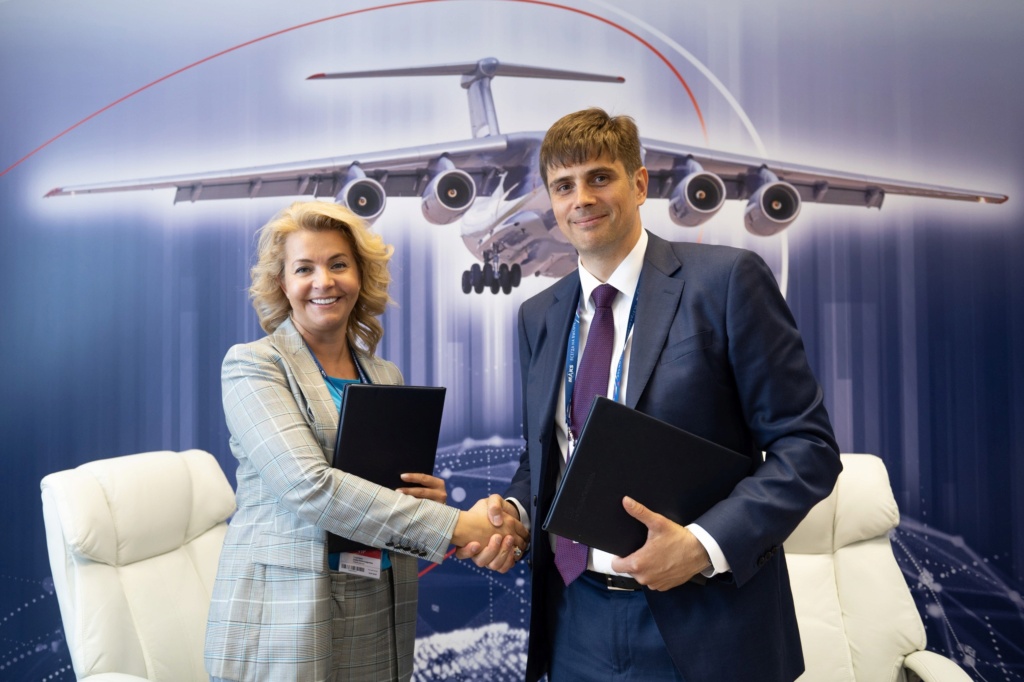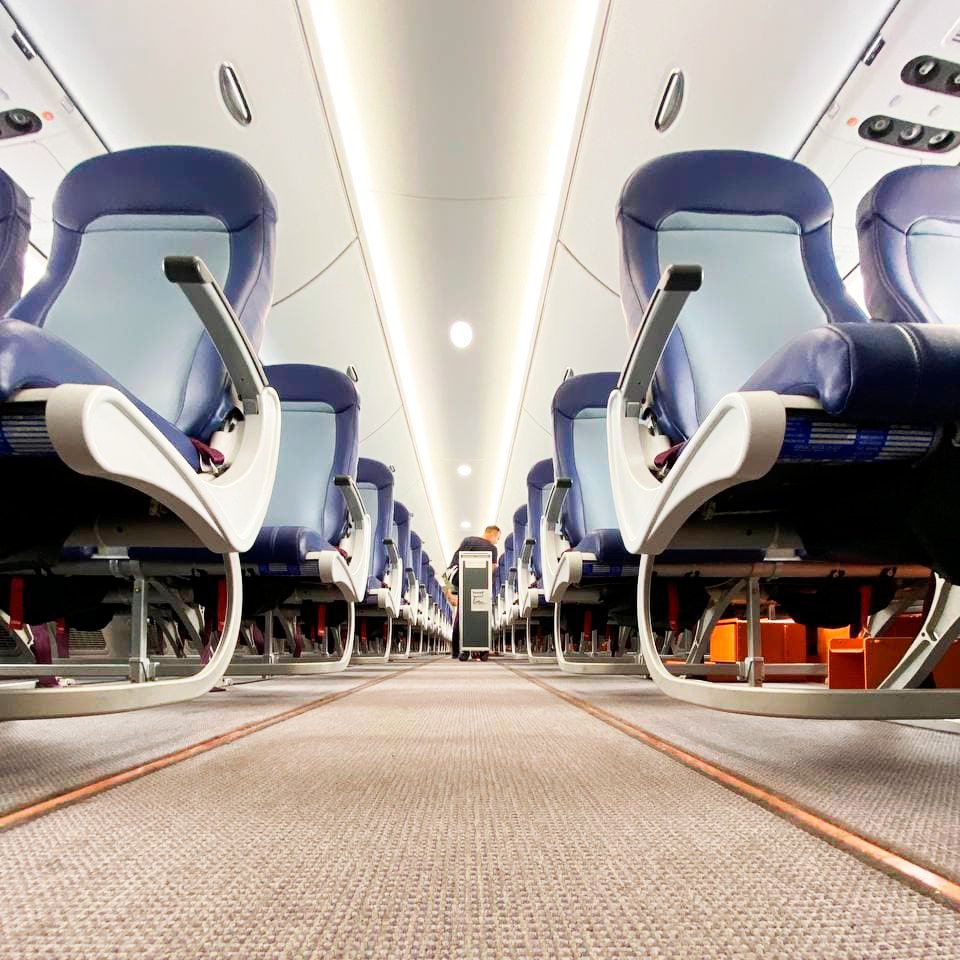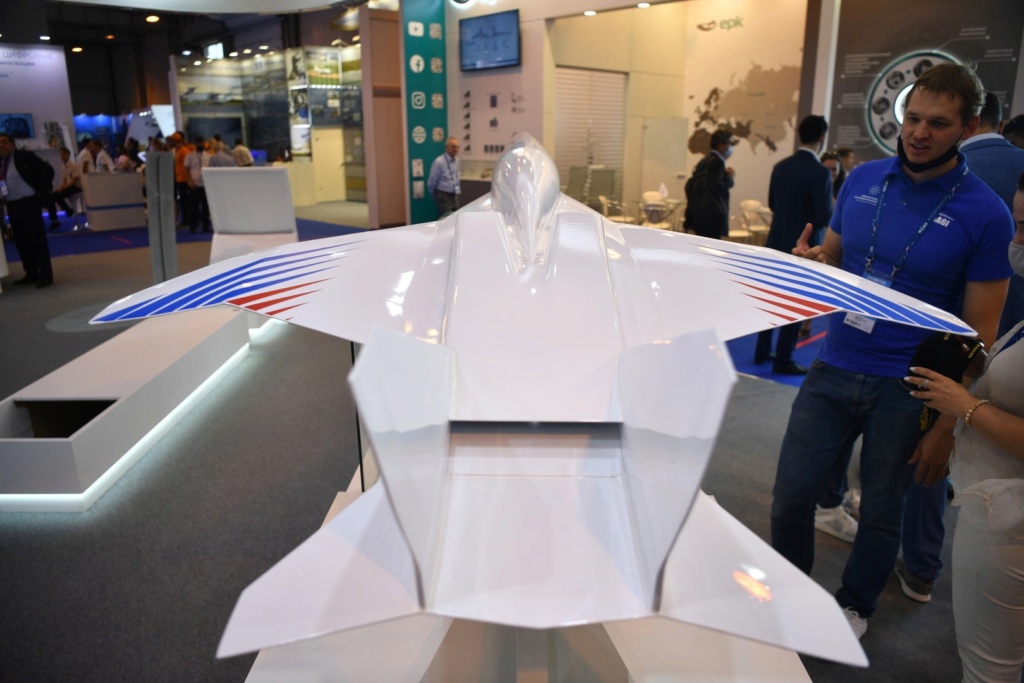Superjet is on the verge of rebirth, by Nikolay Gulyaev for VZGLYAD. 23.07.2021.
Until recently, it seemed that one of the most important projects of the domestic aviation industry - the regional Superjet 100 aircraft - was no longer needed by either airlines or passengers. However, recently the machine itself and its service system have been changing. How did this happen and why will the Superjet change even more in a few years?
"Problems with after-sales service", "difficulties with repairs", "cases of uncertainty in connection with technical and logistic support." And these are the most diplomatic reproaches that two or three years ago sounded against the Russian regional airliner "Superjet 100". And to the address of its manufacturer, of course - the United Aircraft Corporation, UAC. These claims were voiced not by anyone, but by those who are vitally interested in the success of the aircraft - its operators, airlines. Even state-owned Aeroflot has publicly questioned the quality of the Superjet.
In addition, one could often hear complaints about the quality of the SaM146 engine on the Superjet, especially on its so-called. hot part where fuel is burned. The engine is produced by the Russian-French joint venture PowerJet, but the hot part is the responsibility of the French company Safran. It was reported that French engine components fail much faster than the manufacturer promised at the time.
But the problem was not only and even not so much in the design flaws of the machine and its components. The timing of the repair, the very availability of spare parts, including replacement engines - these were the main bottlenecks. “The service should work in such a way that any necessary part could be delivered as quickly as possible, for example, within a few hours,” sources in the aircraft industry told the media and regretted that in the case of the “Superjets” these norms were not met.
The most offensive thing is that at that time the "Superjet" had been serially operated by dozens of machines for several years. What is happening could be attributed to childhood diseases habitual for aviation, which should disappear with childhood - and which, nevertheless, did not disappear.
That is why, as reported, back in 2017, the average flight time of Superjets was only 3.3 hours a day - a negligible indicator by the standards of even regional aviation. Low flying time and constant repairs mean losses to the operator - the plane brings money only when it is in the air, all the rest of the time from it continuous losses.
Foreign customers began to refuse the liner - first the Irish, then the Mexican airline. It seemed that the machine on which so many hopes were pinned (the first airliner made from scratch in the post-Soviet era) would end up the same way as many other domestic technological projects that had shamefully sunk into oblivion.
And then several new players and circumstances came into play. First, oddly enough - covid.
The coronavirus pandemic has changed the structure of demand for air travel. For obvious reasons (closed interstate borders) long-haul liners of large passenger capacity have been put on hold. Of course, all routes have collapsed, but domestic ones least of all. The countries with the largest domestic markets, namely the United States, China and Russia, have been the least affected in terms of the air travel market over the past year and a half.
And the smallest losses were incurred by airlines that relied on domestic flights.
Providing support for domestic Russian traffic, including tourist traffic - Aeroflot, Azimut, IrAero, Yakutia and others. That is, the main operators of the Superjet 100 aircraft. Moreover, some of them have even increased passenger traffic. It turned out that in the pandemic conditions, the most economically viable liners were of this size.
According to the latest statistics, the Superjet carries almost two-thirds of the passengers on Russian regional routes, and the number of these routes has increased dramatically. Last year alone, 80 new routes were opened bypassing Moscow, and by the end of the year, for example, Superjet will serve more than 200 destinations.
Secondly, a number of government decrees and other measures of state support for the domestic aviation industry have come into effect or have begun to work. We are talking about subsidies to airlines and manufacturers - to pay lease payments, to train personnel, to pay for maintenance costs, to reduce the cost of air tickets on a number of regional routes, etc. VAT on spare parts for domestic aircraft has been canceled.
And thirdly, the debugging of the very after-sales service system (PPO) has finally begun. Tens of billions of rubles have been spent - and still will be spent - on the creation of spare parts warehouses, service centers, hangars and logistics complexes. The manufacturer of Superjets, airlines, and, of course, the state took part in this through subsidizing the corresponding costs.
The situation has also changed with the long-suffering SaM146 engines. KLA, citing data from PowerJet, says there is no longer a shortage of engines or parts. A pool of replacement engines has been created, as well as facilities for the maintenance of power plants both in France and in the Russian Rybinsk.
Even Prime Minister Mikhail Mishustin drew attention to changes for the better in the domestic aviation industry in the spring of this year. And the fact that Russian inhabitants, air passengers, in a word, ordinary consumers of services provided with the help of Russian airliners, are not very familiar with these changes. Apparently, therefore, when visiting one of the UAC production sites in Ulyanovsk this spring, the head of the government asked the company "to tell people how good your car is."
“The Superjet aftermarket problem has been largely resolved,
confirms the president of the UAC Yuri Slyusar. - A lot has been done in the recent period. We opened several warehouses, filled them with spare parts. For most of the airlines operating Superjets, the serviceability of cars is in the region of 80 percent, including those cars that are under scheduled maintenance. This is a very high percentage. Airplanes are actively flying, and there is where to fly, thank God."
“We must respond to technical requests from operators immediately, so an operational and situational center was created in Moscow, which operates 24 hours a day, seven days a week. - Dmitry Borisenko, deputy general director of the Irkut corporation for after-sales service of civil aviation equipment, tells the details. “Its mission is to support operators on the most challenging issues they may encounter in the operation of Superjets. Since January 2020, we have received more than six thousand requests, all of which were answered. The deadline for the preparation of the final decision of such requests on the situation "plane on the ground" today is five hours. Also, our line representatives, who are located at airports, are actively involved in technical support.
Borisenko tells all this during a large-scale presentation held at the MAKS air show right in one of the huge hangars in Zhukovsky. In the hangar itself there are several Superjets, several more in front of him in the parking lot.
“In this warehouse, - Borisenko gestures with his hand at the huge premises behind the partition of the hangar, - more than 15 thousand nomenclature numbers are stored, that is, more than a million pieces of spare parts. The pick-up time in the warehouse does not exceed twenty minutes ... In addition, we have deployed a logistics complex at Sheremetyevo, which allows us to deliver spare parts to customers located at this airport in no more than four hours. And sometimes we fit in an hour."
Today, 157 Superjets are in constant operation around the world - mainly, of course, in Russia. Another three dozen will be handed over to airlines this year, and documents on the supply of another 58 aircraft were signed at MAKS. The average daily flight time, according to the UAC leadership, is eight to nine hours, and this is a decent figure even against the background of short-haul Airbus and Boeing aircraft. In other words, the Superjet brings real money to the airlines.
However, this is, so to speak, the "Superjet" of the present. " This aircraft consists of about 30 percent of domestic components and 70 percent of foreign ones. The "Superjet" of the future - what the industry calls the Superjet new - should turn this proportion in favor of Russian components. According to the head of the Ministry of Industry and Trade Denis Manturov, work on import substitution of the liner should be completed by the end of 2023. The key component for any aircraft - an aircraft engine - should also become domestic: it is planned to equip the Superjet with the domestic PD-8. The aircraft, in fact, will be rebuilt again using Russian aircraft components. This means that the maintenance of the liners should become even simpler and more efficient. At least if everything promised is fulfilled.
https://m.vz.ru/economy/2021/7/23/1110533.html






 Kiko
Kiko








